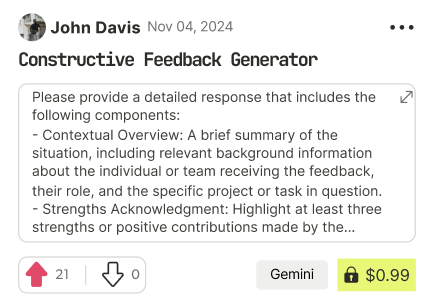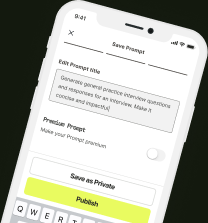Strategic Life Option Evaluation Framework
The Strategic Life Option Evaluation Framework is a comprehensive decision-making tool designed to help individuals make informed choices between two significant life options. This framework provides a structured approach to evaluating the pros, cons, and key factors of each option, enabling a thorough and well-informed decision.
Option Evaluation Template:
| Category | Option A | Option B |
| --- | --- | --- |
| Primary Goal | Define the primary goal for each option (e.g., career advancement, improved work-life balance) | | |
| Short-term Pros | List the short-term benefits of each option (e.g., increased salary, new challenges) | | |
| Long-term Pros | List the long-term benefits of each option (e.g., career growth, personal fulfillment) | | |
| Short-term Cons | List the short-term drawbacks of each option (e.g., relocation stress, financial burden) | | |
| Long-term Cons | List the long-term drawbacks of each option (e.g., job insecurity, limited opportunities) | | |
| Key Factors | Identify the essential factors influencing your decision (e.g., family, finances, personal interests) | | |
Key Factors to Consider:
1. Personal Values: How do each option align with your personal values and priorities?
2. Financial Implications: What are the financial implications of each option, including costs, benefits, and potential returns on investment?
3. Support System: Who will be affected by your decision, and what kind of support can you expect from family, friends, and colleagues?
4. Career Growth: How will each option impact your career growth, including opportunities for advancement and skill development?
5. Work-Life Balance: How will each option affect your work-life balance, including time commitment, flexibility, and personal fulfillment?
6. Risk Tolerance: What level of risk are you willing to take, and how will each option impact your overall risk profile?
7. Timeframe: What is the timeframe for each option, including short-term and long-term commitments?
8. Opportunity Cost: What are the opportunity costs of each option, including potential alternatives and missed opportunities?
Decision-Making Process:
1. Fill out the Option Evaluation Template for each option.
2. Review and weigh the pros and cons of each option.
3. Consider the key factors influencing your decision.
4. Evaluate the alignment of each option with your personal values and priorities.
5. Assess the financial implications of each option.
6. Consider the impact on your support system and work-life balance.
7. Evaluate the risk tolerance and timeframe for each option.
8. Identify the opportunity costs of each option.
9. Make a decision based on your analysis and evaluation.
Implementation Plan:
Once you have made a decision, create an implementation plan that includes:
1. Action Steps: Outline the specific actions required to execute your decision.
2. Timeline: Establish a timeline for each action step.
3. Resources: Identify the resources needed to support your decision, including financial, human, and material resources.
4. Contingency Planning: Develop a contingency plan to address potential risks and uncertainties.
5. Review and Evaluation: Schedule regular reviews to evaluate progress and make adjustments as needed.
By using the Strategic Life Option Evaluation Framework, individuals can make informed decisions that align with their personal values, priorities, and goals.

Find Powerful AI Prompts
Discover, create, and customize prompts with different models, from ChatGPT to Gemini in seconds

Simple Yet Powerful
Start with an idea and use expert prompts to bring your vision to life!
